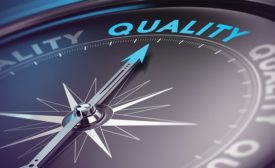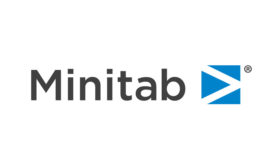Home » continuous improvement
Articles Tagged with ''continuous improvement''
Soft Skills are Underrated
Quality professionals need strong interpersonal skills.
September 1, 2018
Organizational Excellence in Quality Management
The basic element is people who care.
August 1, 2018
The Effects of Automation
Modernization creates more jobs than it eliminates.
July 1, 2018
Seven Ways Gage Management Improves Product Quality and Enables Growth
Manufacturers can significantly improve their visibility into operations through gage repeatability and reproducibility (GR&R) studies.
June 8, 2018
Stay in the know with Quality’s comprehensive coverage of
the manufacturing and metrology industries.
eNewsletter | Website | eMagazine
JOIN TODAY!Copyright ©2024. All Rights Reserved BNP Media.
Design, CMS, Hosting & Web Development :: ePublishing





